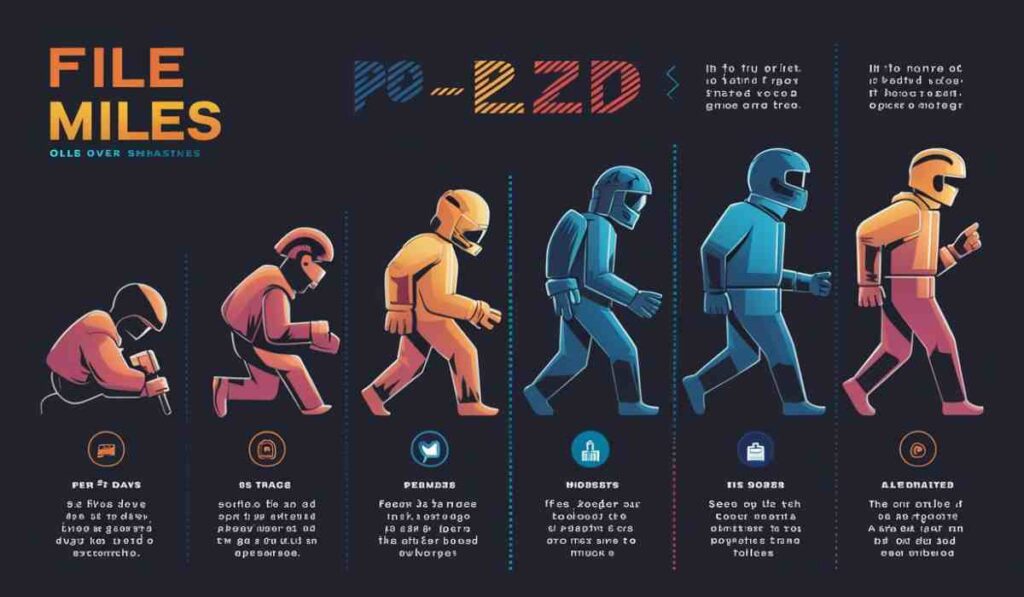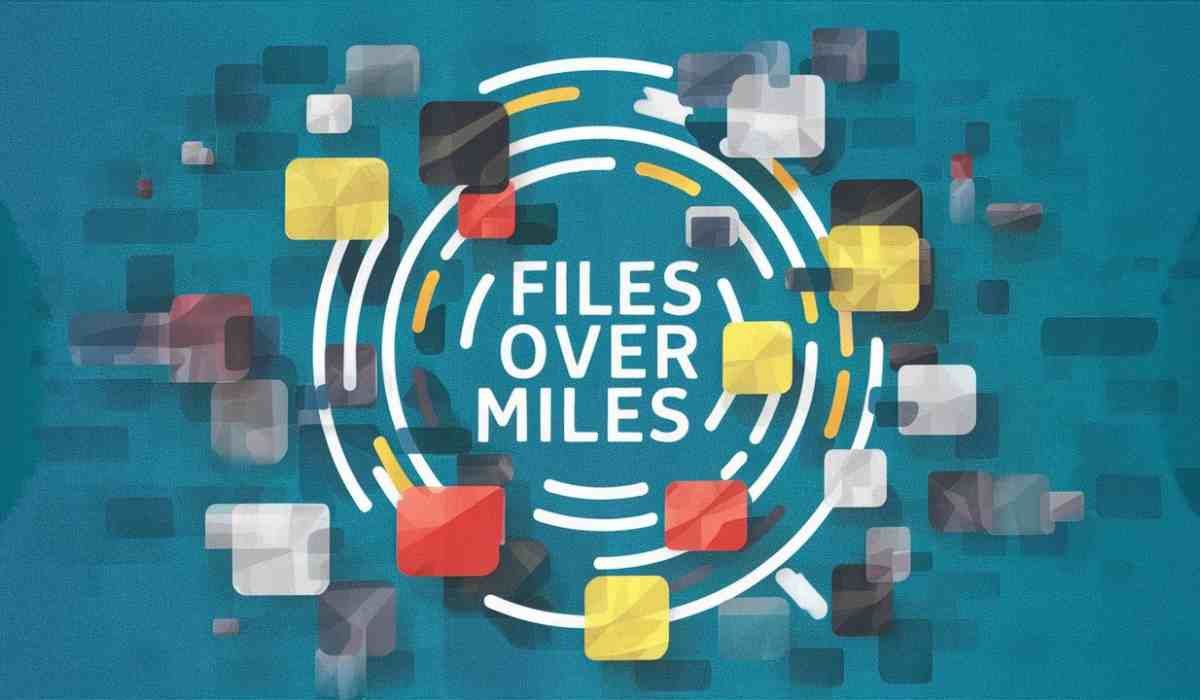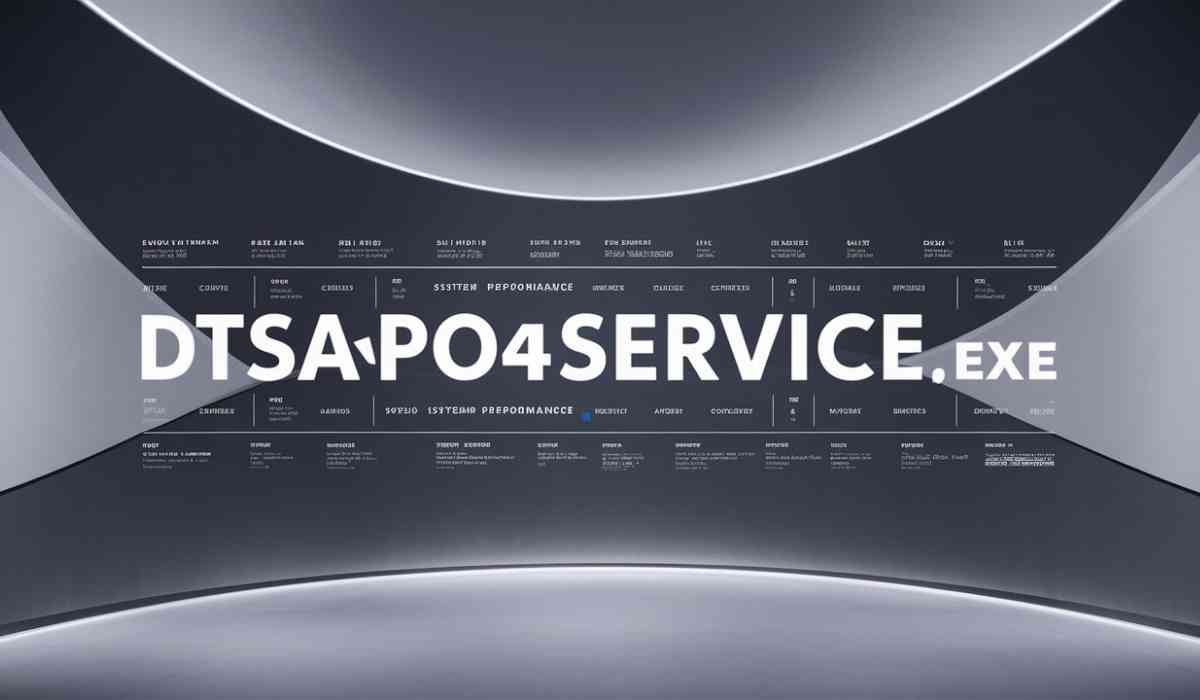In the digital age, seamless and secure file sharing is essential.
Files Over Miles stood out as a groundbreaking solution among the various platforms, offering direct browser-to-browser transfers without intermediary servers.
Launched in 2009 by Bartosz Biskupski, it promised speed and privacy, setting a new file-sharing standard.
Although it eventually declined due to technological changes and limitations, Files Over Miles paved the way for modern file-sharing solutions.
This article explores its workings, features, challenges, and the top alternatives available today.
What Was Files Over Miles?
Files Over Miles, created by Bartosz Biskupski in 2009, was a groundbreaking browser-to-browser file transfer service.
Unlike traditional file-sharing platforms requiring intermediary servers, Files Over Miles utilized Adobe Flash Player 10 to enable direct browser-to-browser transfers.
This innovation allowed users to transfer files quickly without storing them on external servers, ensuring high speed and privacy.
How Did Files Over Miles Work?

The process of using Files Over Miles was straightforward yet ingenious:
- Initiation: Users visited the Files Over Miles website.
- File Selection: Users select a file from their local computer.
- URL Generation: The platform generated a unique URL for the selected file.
- Sharing: Users shared this URL with the recipient.
- Transfer Process: The recipient accessed the URL and initiated the download. The sender’s browser had to remain active throughout the transfer.
- Completion: Once transferred, the recipient saves the file locally.
Key Features Of Files Over Miles
- Speed and Efficiency: Eliminated the time-consuming upload phase typical of other platforms.
- Large File Support: Can handle sizable files, beneficial for high-resolution videos or extensive datasets.
- Robust Encryption: Utilized 128-bit AES encryption to ensure data security during transmission.
- Universal Compatibility: Accessible on any browser supporting Adobe Flash Player 10.
- UDP Hole Punching: Used advanced technology to establish direct connections, streamlining the file transfer process.
Limitations And Challenges Of Files Over Miles

Despite its revolutionary approach, Files Over Miles had several limitations:
- RAM-Dependent File Size: The sender’s available RAM determines the maximum file size.
- Recipient’s RAM Limitation: The recipient’s available RAM also limits the file size they can receive.
- Firewall Hurdles: The service would be ineffective if a firewall blocked UDP packets.
- Flash Dependency: Relying on Flash 10 became a significant drawback as Flash became obsolete.
Modern Alternatives To Files Over Miles

With the decline of Flash, several alternatives have emerged:
1. ShareDrop
Inspired by Apple’s AirDrop, ShareDrop offers direct file transfers without server uploads. It uses WebRTC for secure P2P file sharing.
2. Cloud Storage Giants
Platforms like Microsoft OneDrive, Google Drive, and Dropbox provide vast storage, easy sharing options, and advanced collaborative features.
3. WeTransfer
Known for its simplicity, WeTransfer allows users to send large files effortlessly with a user-friendly interface and email notifications.
4. MediaFire and pCloud
Both platforms focus on easy file sharing and offer features like folder sharing and link expiration for added security.
5. Volafile
Combining cloud storage with file sharing, Volafile allows users to create backups of shared files, useful for large datasets or media files.
Conclusion
Files Over Miles was a pioneer in reshaping P2P file transfers. Its innovative browser-to-browser sharing set it apart, but its dependency on Flash and RAM limitations posed challenges.
Today, users have numerous versatile file-sharing options tailored to diverse needs, ensuring seamless and secure file-sharing in the digital era.
FAQs
What was Files Over Miles?
Files Over Miles was a browser-to-browser file transfer service that used Adobe Flash Player 10 to enable direct file sharing without intermediary servers.
How did Files Over Miles ensure file security?
It used 128-bit AES encryption to secure data during transmission.
What were the limitations of Files Over Miles?
Limitations included dependency on RAM for file size, firewall issues, and reliance on the now-obsolete Adobe Flash Player 10.
What is ShareDrop?
ShareDrop is a file transfer service inspired by Apple’s AirDrop, using WebRTC for secure P2P file sharing.
How do cloud storage platforms like Google Drive and Dropbox compare?
They offer vast storage, easy sharing, and advanced collaboration features, making them popular file-sharing choices.
What makes WeTransfer popular?
WeTransfer’s simplicity and user-friendly interface make it easy to send large files quickly.
Are there secure alternatives to Files Over Miles?
Platforms like ShareDrop, Google Drive, and Dropbox offer secure file-sharing options.
How does Volafile enhance file sharing?
Volafile combines cloud storage with file sharing, allowing users to back up and share large datasets or media files efficiently.









